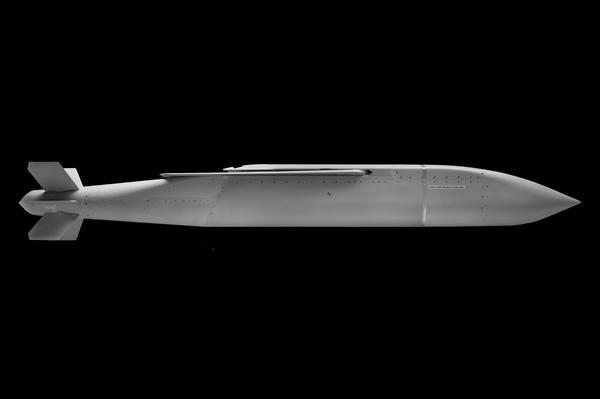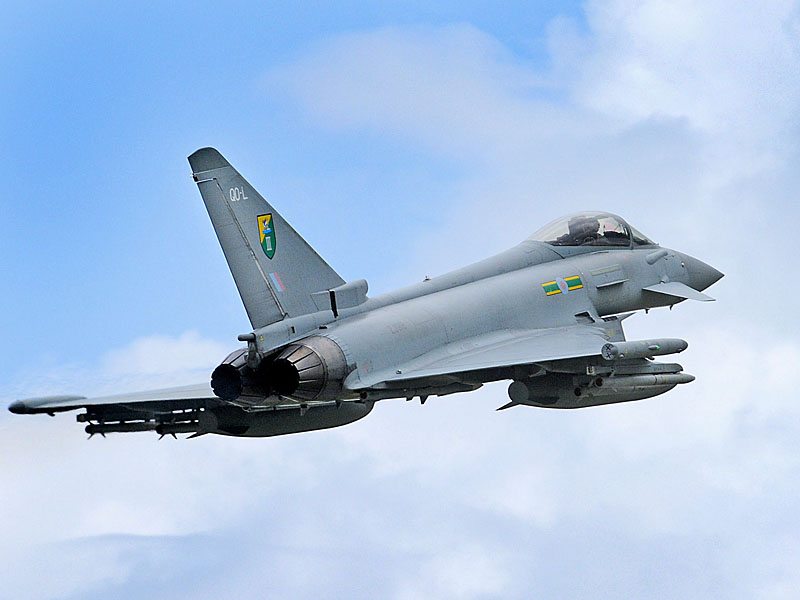The newest variant of the Joint Standoff Weapon, the JSOW C-1, completed the second of its three scheduled captive carry tests March 8 at Naval Air Station Point Mugu, Calif.
JSOW C-1 builds upon the combat-proven JSOW-C, an air-to-ground, medium-range precision guided weapon. In addition to adding a thermal imager, the C-1 variant adds a Link-16 weapon data link and moving maritime target capability.
“This weapon will make a marked difference for the warfighter,” said Capt. Carl Chebi, program manager for Precision Strike Weapons (PMA-201). “It provides optimal precision with significantly decreased risk, and with this variant, we continue to adapt and evolve to meet the warfighters’ needs.”
The captive carry tests are simulated launches where the weapon stays on the aircraft. For the testing, two mission-capable jets are needed with a working weapon and network, a qualified aircrew, an instrumented target, and range support at both China Lake, Calif., where the tests begin, and at Pt. Mugu, where they end. The weather is also critical – and the most unpredictable factor.
“It’s not just clouds, but also sea state,” said Lt. Cmdr. Samuel Hanaki, deputy program manager JSOW program. “If it gets too windy, the boats can’t go out so the planes don’t fly. These tests are the culmination of a much larger, complicated effort.”
According to Hanaki, the weapon has performed as expected in both tests to date with “no major surprises.”
Two more captive carry tests are scheduled for early summer 2011 before the free flight test in mid-summer 2011.
“The free flight is a live fire test, where you let the JSOW off the jet and it flies to the target,” said Dr. Jennifer Long, JSOW C-1 class desk engineer. “The weapon performed so well in the second captive carry test, we are confident that we have demonstrated the capability for a successful free flight.”
The two-way data link on the JSOW C-1 ensures that targeting commands can be received, and missile status and position can be transmitted in return up to the moment of impact.
“The ability for the pilot to ‘talk’ to the weapon as it is flying out to the target is game-changing, and vital to the warfighter,” Hanaki said.
Initial operating capability is scheduled for 2012.
PMA-201 is responsible for the research, development and acquisition of the fleet’s air-to-ground precision guided weapons, general purpose bombs, and aircraft armament-related equipment.











